#Dutch expressionism
Explore tagged Tumblr posts
Text

The Large Plane Trees (Road Menders at Saint-Rémy)
Artist: Vincent van Gogh (Dutch, 1853–1890)
Date: 1889
Medium: Oil on fabric
Collection: The Cleveland Museum of Art, Cleveland. Ohio, United States
Description
Like Two Poplars in the Alpilles near Saint-Rémy, Vincent van Gogh painted this autumnal landscape while living in a psychiatric hospital near Saint-Rémy in southern France where he was treated for severe depression. Understanding that painting from nature eased his symptoms, Van Gogh’s physician permitted the artist to paint landscapes outside. Van Gogh described this painting in a letter to his brother Theo: “The last study I did is a view of the village, where they were at work under some enormous plane trees - repairing the pavements... There are heaps of sand, stones, and the gigantic trunks - the leaves yellowing and here and there you can get a glimpse of a house front and small figures.”
#painting#landscape#expressionism art#dutch expressionism#artwork#fine art#oil painting#autumn#trees#southern france#plane trees#sand#stones#leaves#human figures#france#houses#road#costume#architecture#dutch culture#dutch art#vincent van gogh#dutch painter#european art#19th century painting#cleveland museum of art
40 notes
·
View notes
Text

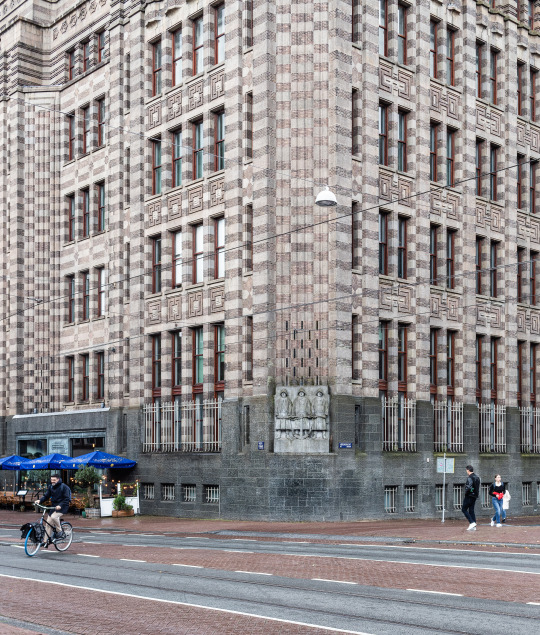
vijzelstraat // amsterdam gouden bocht
de bazel / amsterdam city archives
architect: karel de bazel
completion: 1926
this monumental example of brick expressionism now houses the amsterdam city archives and is open to the public.
dieses monumentale beispiel des backsteinexpressionismus beherbergt heute das städtische archiv amsterdams und ist auch für besucher zugänglich.
#karel de bazel#amsterdam#dutch architecture#brick expressionism#photography#architecture#design#urban#urban photography#modern brick architecture#amsterdam architecture#de bazel#amsterdam city archives#brick design
300 notes
·
View notes
Text
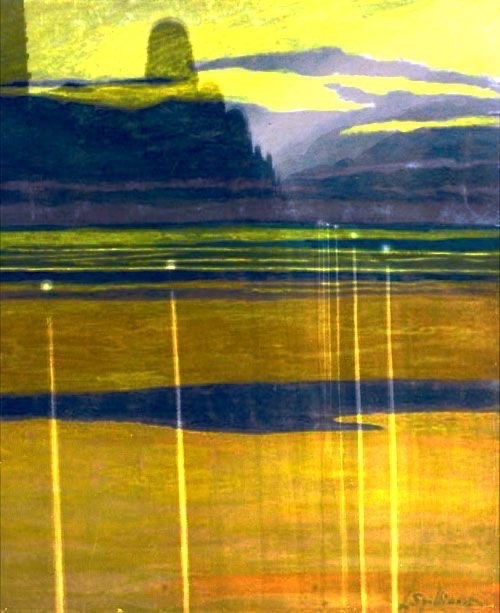
Leon Spilliaert (1881-1946)
Belgium
37 notes
·
View notes
Text
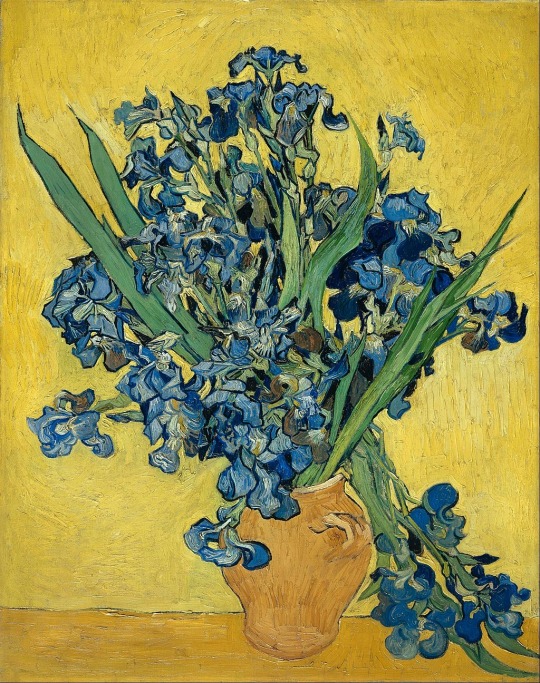
Vincent van Gogh (1853-1890)
Irises
May 1890, Saint-Rémy-de-Provence
#van gogh#vincent van gogh#irises#expressionist painting#expressionism#art history#modern art#floral art#flowers#beautiful#tumblrpictures#tumblrpic#tumblraesthetic#aesthetictumblr#tumblrstyle#tumblrposts#tumblrlove#aesthetic#beautiful flowers#dutch artist
711 notes
·
View notes
Text
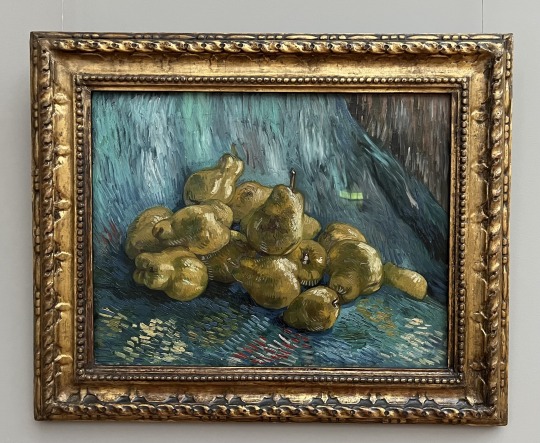
Still Life with Quinces - Vincent van Gogh
(Staatliche Kunstsammlungen Dresden)
#van gogh#art#fineart#vincent van gogh#museum#dutch art#impressionism#expressionism#painting#my photos#art history#history#staatliche Kunstsammlungen Dresden
23 notes
·
View notes
Text

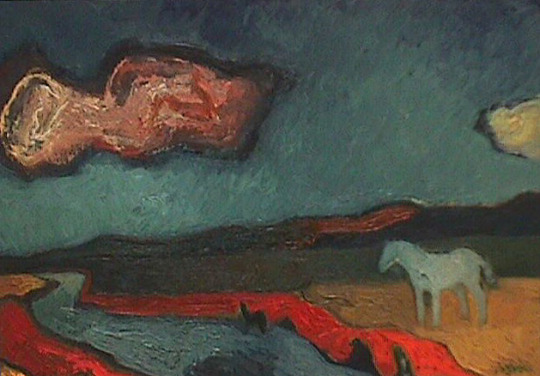
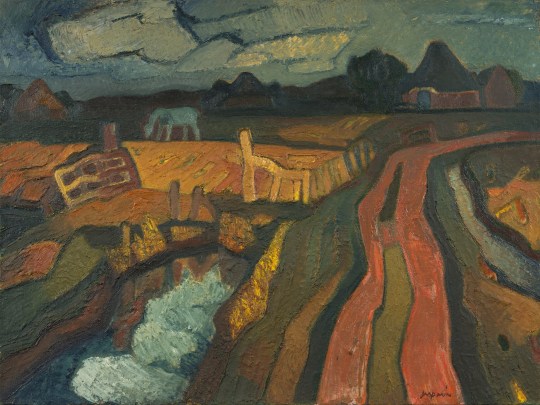
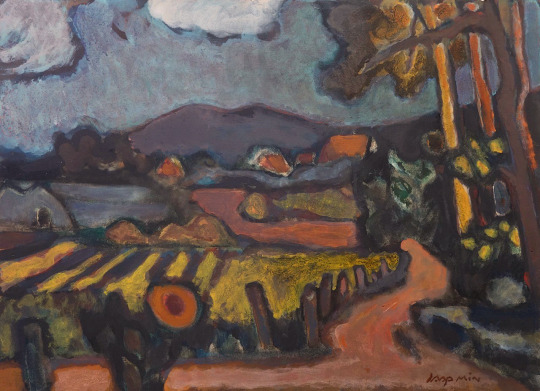
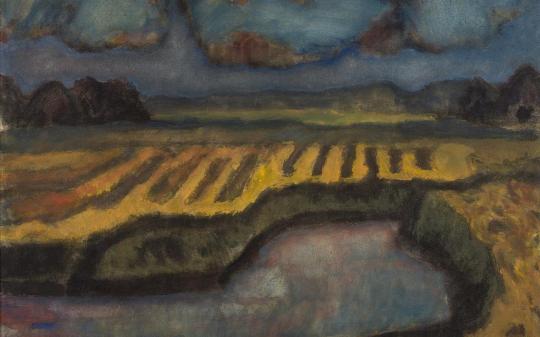
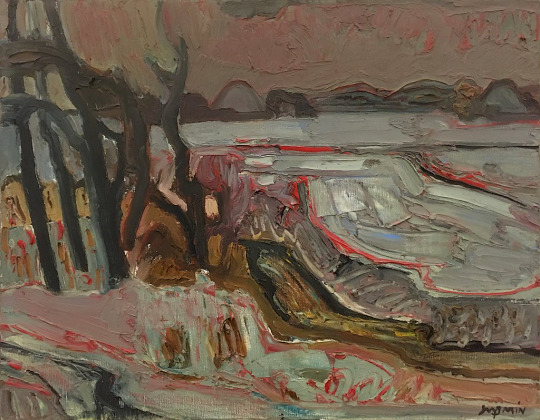
Jaap Min - landscape paintings in oil and gouache
87 notes
·
View notes
Text

Kees van Dongen
Odalisque. 1957
#kees van dongen#painting#color lithograph#portraiture#fauvism#expressionism#modern art#dutch artist#private collection
14 notes
·
View notes
Text

Portrait of the 20 year old Ina Leaves by Jan Sluyters (1932)
#Portrait of the 20 year old Ina Leaves#Jan Sluyters#dutch#painter#artist#expressionism#portrait#animal#art#painting#20th century#woman#sitting#on#couch#with#dog
3 notes
·
View notes
Text
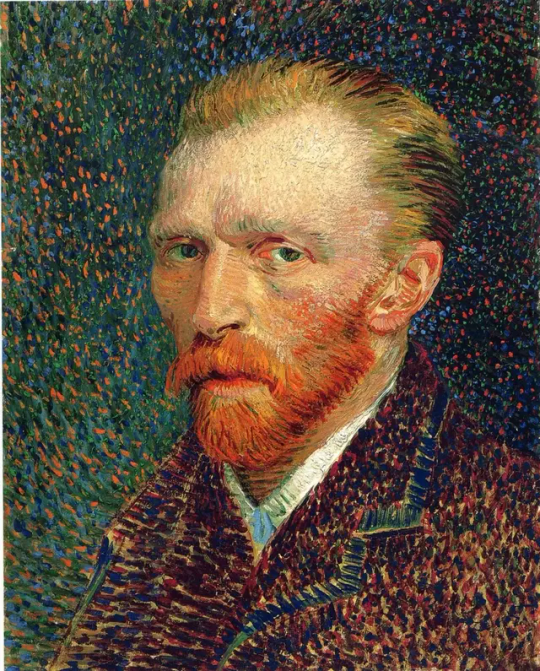
Vincent van Gogh
Self-portrait, 1887
12 notes
·
View notes
Text
Places where Vincent Van Gogh (30 March 1853 – 29 July 1890) was inspired in his drawings. 🎨🖌️
#Van Gogh#Vincent Van Gogh#western art#post impressionism#Vincent Willem Van Gogh#art#painting#dutch painter#Expressionism#modern art
12 notes
·
View notes
Text


BO DALLAS on WWE RAW | 7-15-24
#bo dallas#wwe#my gifs#love a dutch angle#the simplicity of silence#someone in this room#knows#german expressionism#and it shows
9 notes
·
View notes
Text


zijlstraat // haarlem
architect: hermann friedrich mertens
completion: 1920
the former bank building was built in the style of the amsterdam school and now houses several tenants. the façade has been largely preserved despite the resulting alterations.
das ehemalige bankgebäude wurde im stil der amsterdamer schule erbaut und beherbergt heute mehrere mieter. die fassade blieb trotz der dadurch erfolgten umbauten größtenteils erhalten
#amsterdam school#neues bauen#modern architecture#modern brick architecture#architecture#photography#urban photography#architecture photography#moderne#brick#brick architecture#dutch architecture#modern dutch architecture#hermann friedrich mertens#nederlands#haarlem#haarlem modern architecture#brick expressionism#dutch brick expressionism
59 notes
·
View notes
Text
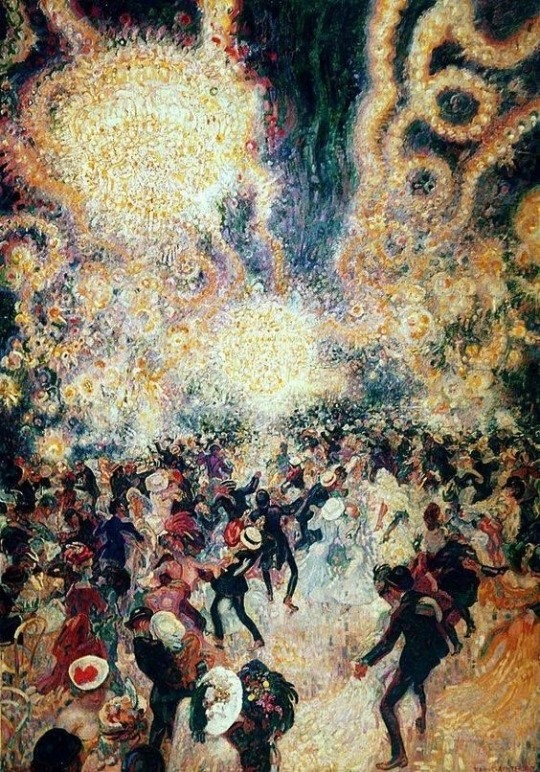
Bal Tabarin Paris 1907
Jan Sluijters ((1881-1957)
Dutch Artist
49 notes
·
View notes
Text
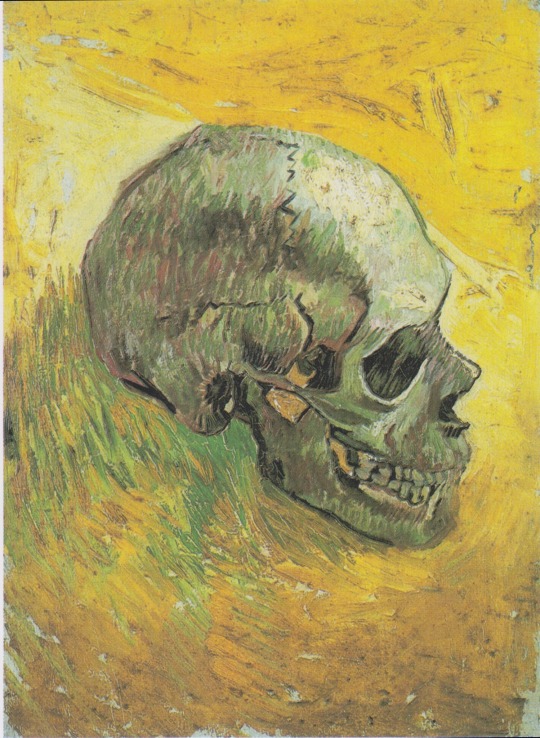

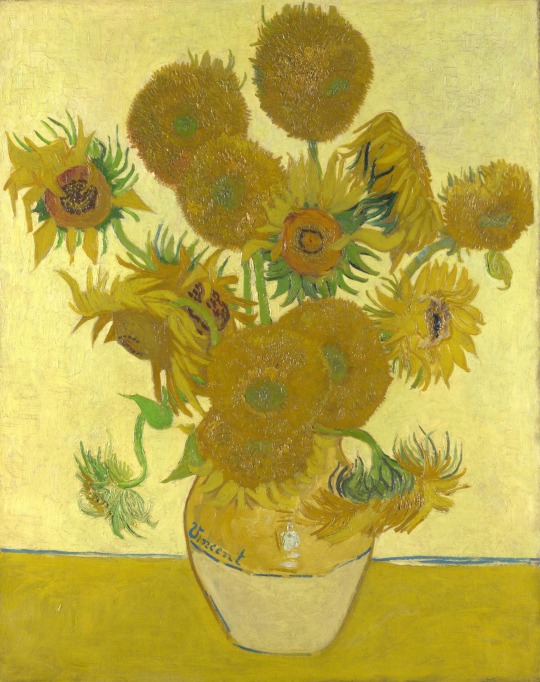
Vincent van Gogh
Skull, May, 1887 (profile)
Skull, May, 1887
Sunflowers, 4th version, 1888
#vincent van gogh#van gogh#modern art#expressionism#dutch painter#art history#sunflowers#skulls#floral art#anatomy#flowers in art#beautiful flowers#nature#floral painting#floral#flora#tumblrstyle#tumblr art#artists on tumblr#famous artists#tumblraesthetic#aesthetictumblr#tumblrpictures#tumblrpic#beautiful art#beauty#skull art#skull aesthetic#aeathetic#love
496 notes
·
View notes
Text
"I am always doing what I cannot do yet in order to learn how to do it."
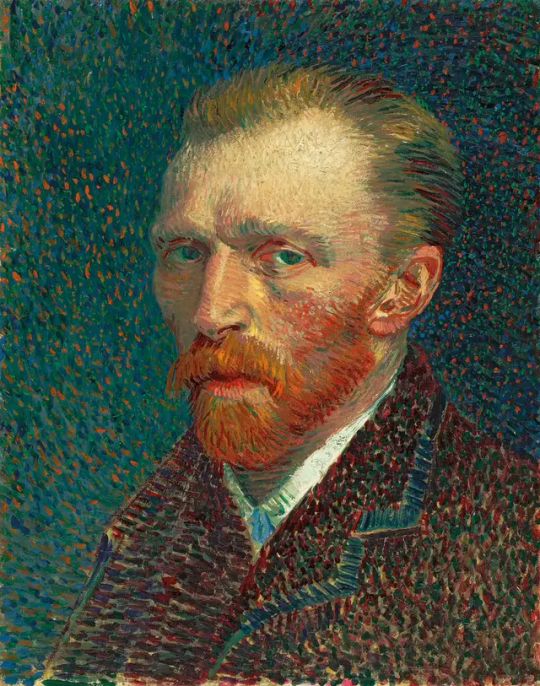
Vincent Willem van Gogh was a Dutch Post-Impressionist painter who is among the most famous and influential figures in the history of Western art. In just over a decade, he created approximately 2100 artworks, including around 860 oil paintings, most of them in the last two years of his life.
Born: 30 March 1853, Zundert, Netherlands Died: 29 July 1890 (age 37 years), Auvers-sur-Oise, France
Vincent Willem van Gogh sold only one painting during his lifetime: Despite his immense talent and contribution to art, van Gogh struggled financially throughout his life and only managed to sell one painting, "The Red Vineyard," while he was alive.
He worked as an art dealer before becoming an artist: Prior to pursuing a career in art, van Gogh worked as an art dealer for the firm Goupil & Cie in The Hague, London, and Paris. This experience influenced his understanding of the art market but did not bring him personal success.
Van Gogh's artistic career spanned only about a decade: Despite his relatively short career, van Gogh produced an astonishing number of artworks, estimated at over 2,000 pieces, including paintings, drawings, and sketches.
He struggled with mental illness and spent time in psychiatric hospitals: Van Gogh's mental health issues plagued him throughout his life, and he experienced several breakdowns. In 1889, after a particularly severe episode where he mutilated his own ear, he voluntarily admitted himself to the Saint-Paul-de-Mausole asylum in Saint-Rémy-de-Provence, where he continued to paint some of his most famous works.
The circumstances surrounding his death remain mysterious: Van Gogh's death in 1890 at the age of 37 was officially ruled a suicide, as he died from a gunshot wound to the chest. However, some theories suggest that he may have been accidentally shot by someone else or that he deliberately concealed the identity of his shooter to protect them. The true circumstances of his death continue to be debated among historians and scholars.
#Vincent Willem#Van Gogh#Art#Artist#Paintings#Expressionism#Dutch#Post-Impressionism#Masterpieces#Starry Night#Sunflowers#Mental Health#Biography#Impressionist#Modern Art#Self-Portraits#Arles#Auvers-sur-Oise#Famous Artists#Legacy#quoteoftheday#today on tumblr
3 notes
·
View notes
Text
Exploring Wild Beauty: An Examination of Artistic Styles in the Works of Raf de Wit and His Predecessors
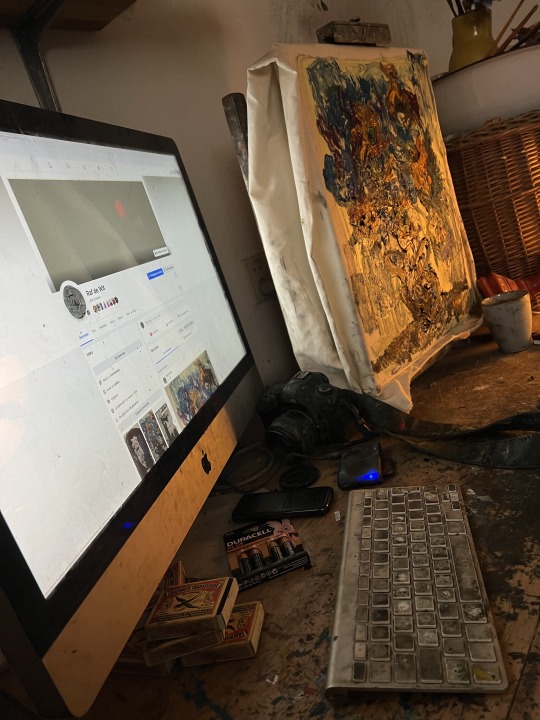
View On WordPress
#André Derain#Art history#artistic exploration#Atmosphere in art#Belgian painters#Brushwork#Claude Monet#Color theory#Composition#Dutch painters#Edvard Munch#Emotive art#Expressionism#Fauvism#French painters#Georges Seurat#Henri Matisse#Impressionism#Innovation in art#Landscape painting#Light in art#Nature in art#Neo-Impressionism#Paul Signac#Pierre-Auguste Renoir#Pointillism#Post-Impressionism#Raf de Wit#Symbolism#Vibrant Colors
0 notes